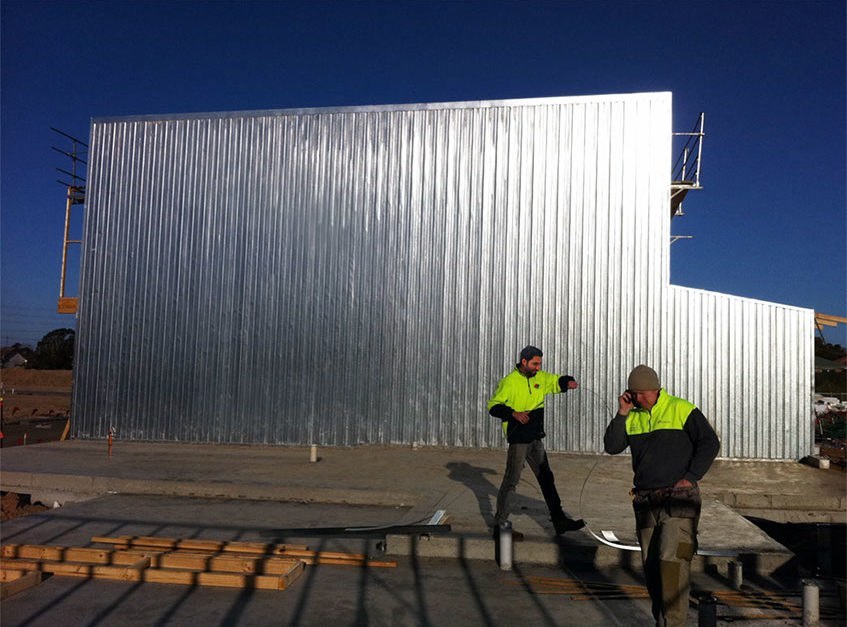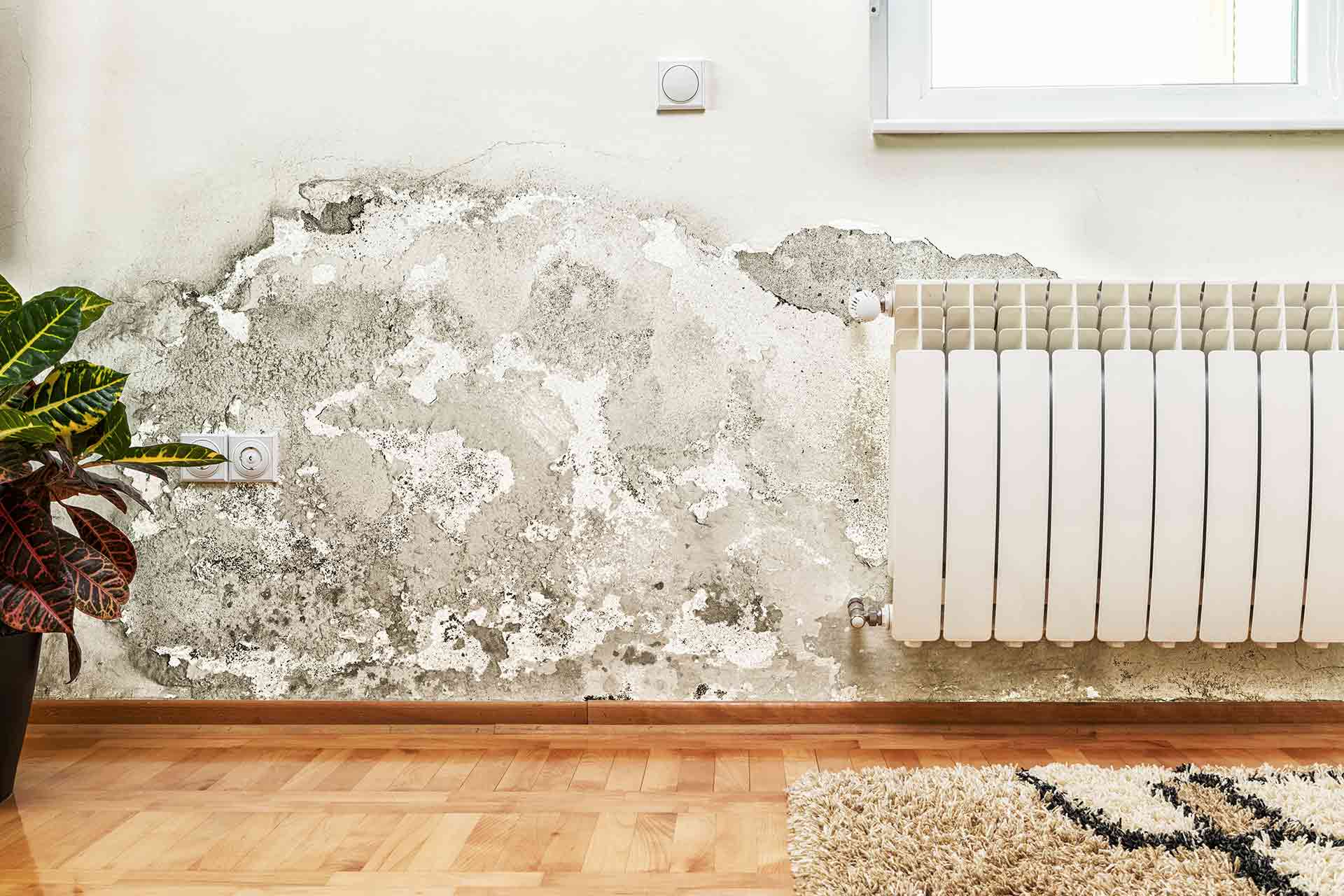
September 4, 2024
Keeping Wall Surface Water Drainage: What Is It & Why It Matters?
Drain Systems In Keeping Walls: Avoiding Water Damages The maintaining wall surface was located in the backyard and offered to aid develop a much more useful back grass that sloped considerably to the shoreline of the neighborhood watch lake. The keeping wall ended up being in fact two different pre-cast Wall Ownership concrete preserving wall surfaces that developed a terraced growing bed between the yard area and the shoreline. The whole area had similar sloping back yards and picked to attend to the obstacle of the steep incline adjacent to the lake with comparable maintaining wall systems. The surrounding surrounding preserving wall surfaces all looked intact and stable from remote monitoring. As I approached the lower maintaining wall beside the shoreline, nonetheless, it was apparent the wall was leaning noticeably onward toward the lake.History of geosynthetics use on national forest roads - Geosynthetics magazine
History of geosynthetics use on national forest roads.


Posted: Thu, 01 Jun 2017 07:00:00 GMT [source]
Budgeting For Drain And Wall Surface Construction
As a result, it is vital to make sure that the fill material enables adequate water drainage while maintaining wall surface flexibility to adjust to ground activities. In recap, the role of water drainage in preserving wall surfaces exceeds simple performance; it plays an important role in ensuring both visual and practical success. Whether handling water pressure, soil disintegration, or style considerations, a properly designed water drainage system is an essential component of any kind of keeping wall surface project. Appropriate drainage is vital for the long life and performance of maintaining walls. In this write-up, we will certainly check out some solutions for keeping walls and water drainage in Kelowna's damp and sloped environments. Keeping the best drain for concrete maintaining walls is important for their durability and structural strength.Study Retaining Wallsbrowse Images And Get Maintaining Wall Concepts
Keeping wall surfaces work best when combined with other drainage solutions, such as French drains pipes, to handle water effectively. Ideal activities may consist of cleaning wall drainage systems to prevent clogs and blocking. A well-balanced drainage strategy takes these style includes right into account to avoid issues and preserve the architectural integrity of the keeping wall surface.- As she has all the cards, and if you choose to "cut an edge", I presume she will show you four aces!
- In this new article, we will check out the value of integrating appropriate drainage systems in maintaining walls to avoid water damage and maintain their structural honesty.
- Timely repairs are necessary to avoid further damages and prospective failure.
- The trench is set up behind the keeping wall surface to record and redirect water away from the wall surface.
- Water buildup behind the preserving wall surface can bring about hydrostatic stress, potentially triggering failure.
- A well-designed drain system by expert hardscape contractors permits water to move far from the wall, ensuring stability and durability.
Does a 4 foot keeping wall surface demand water drainage?
Any type of strengthened wall surface or walls over 4 ft. (1.2 m) in elevation or with slopes or various other additional charges above the wall will certainly need a toe drain. Initially, you can install a perforated drain pipeline. This type of pipe is installed along the inside or backfilled at the bottom of the wall.
Social Links